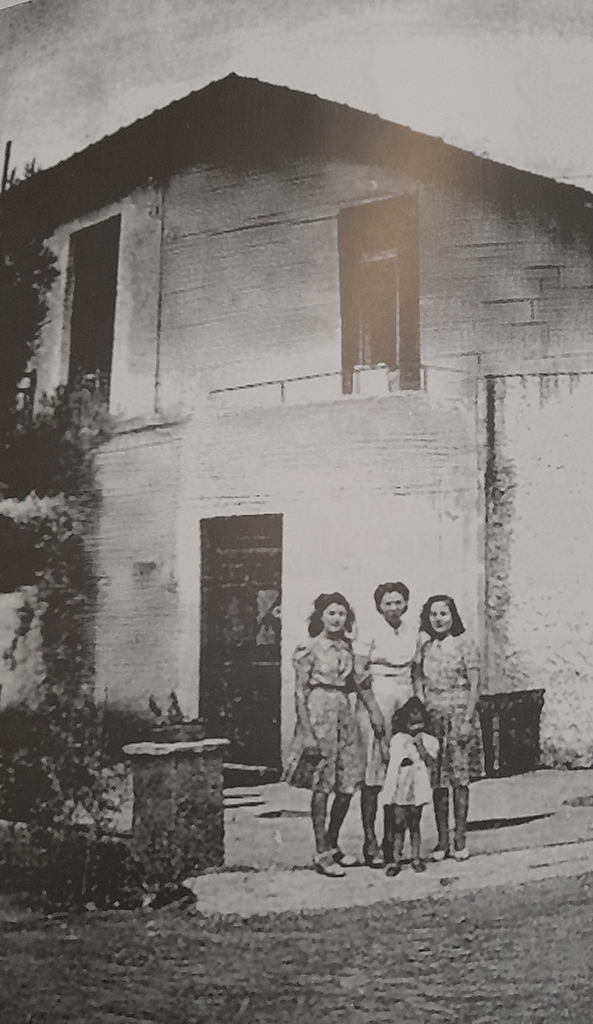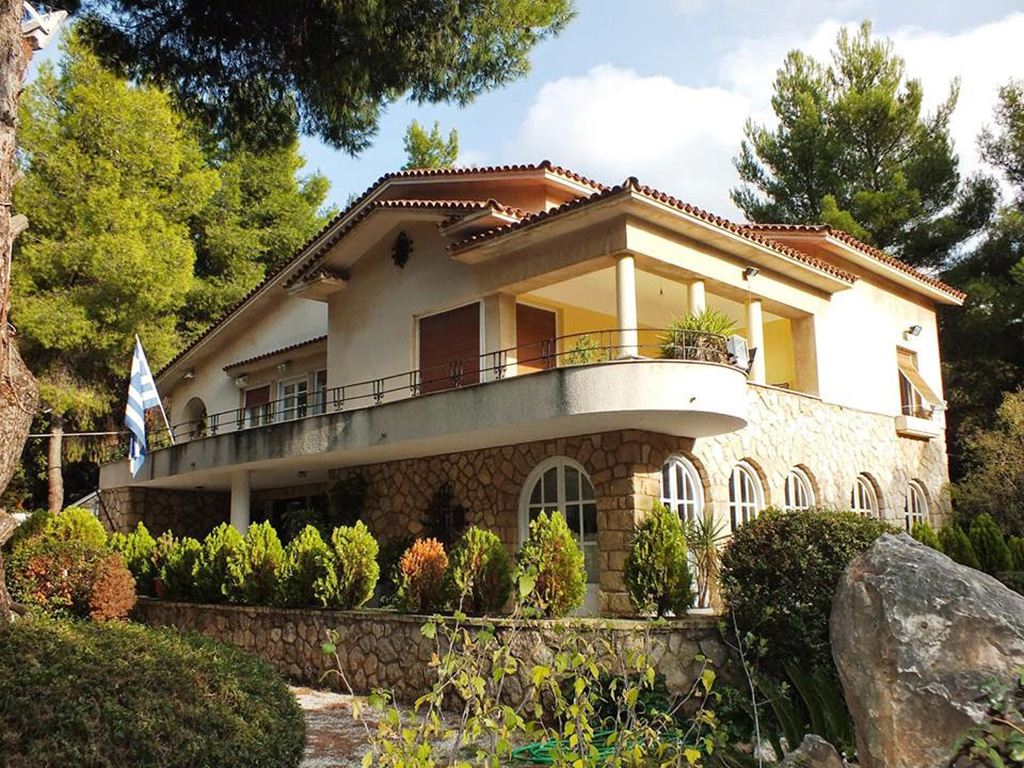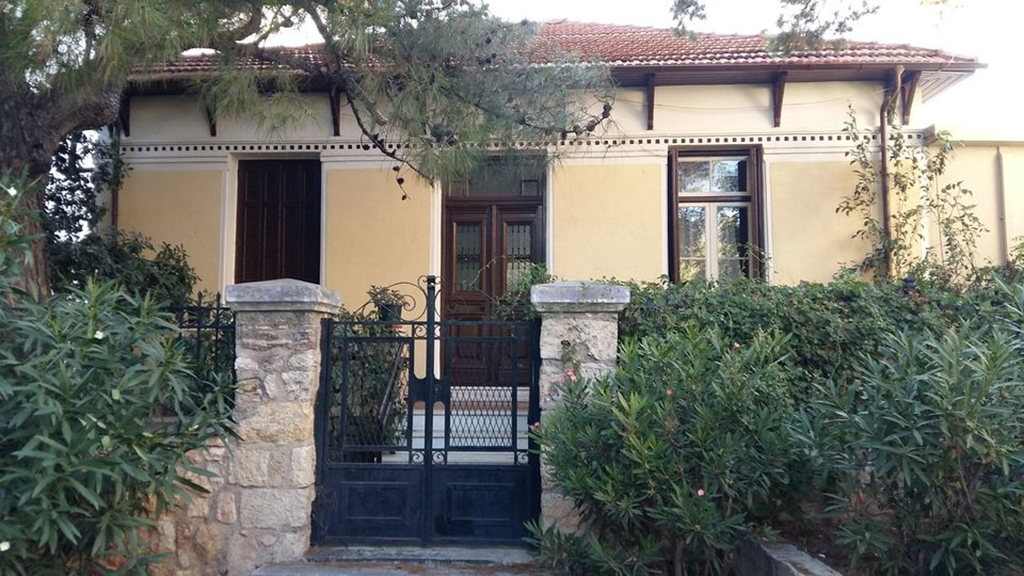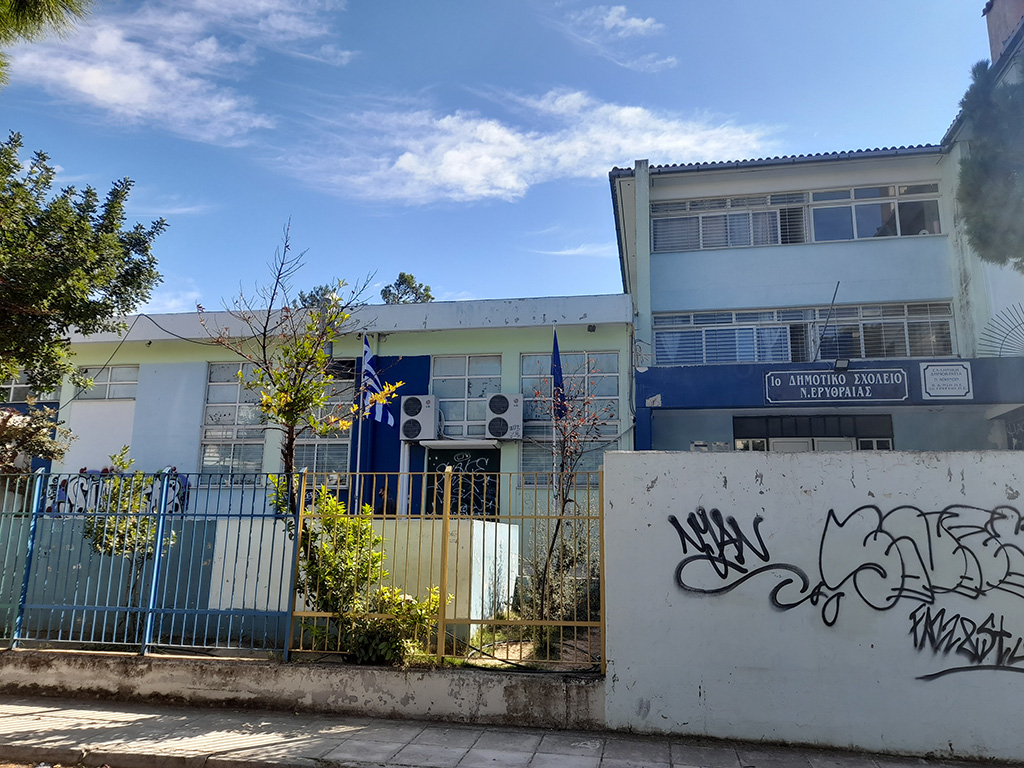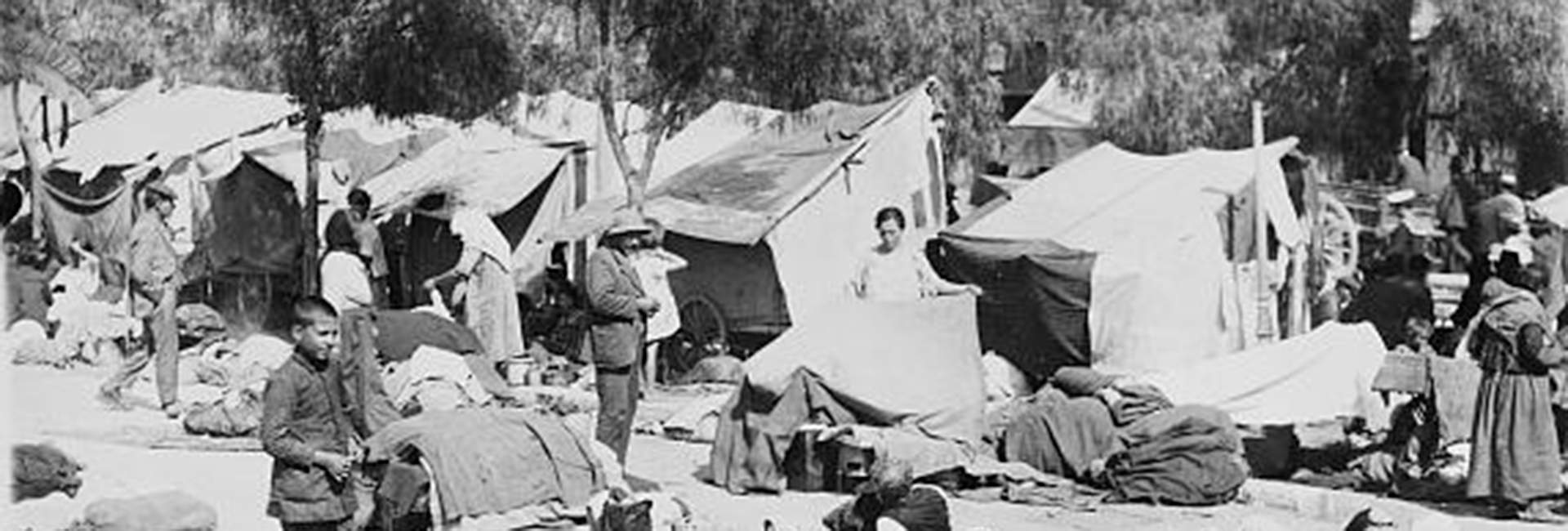
Piraeus
May 17, 2023
Neos Kosmos
May 17, 2023Nea Erythraia: The Erythraia peninsula revived
In the beginning of the 1920s, present-day Nea Erythraia is a green area with forests, suitable for hunting and visited by many hunters. It is located between “posh” Kifissia and Kastri, which is being built as a summer resort for rich families. A small hotel, called Faros, is the only building until 1925 and the wagonette crosses the fields, bringing marble from the Dionysos quarries to Strofyli, the area of Kifissia where some of the most prominent Athenians own villas.
Refugees settle in Kifissia in 1923; they live in shacks and tents around the Benakeion Foundation and in the so-called “Alonia”. They are poor but organized and they found the Association of Asia Minor Natives of Kifissia which becomes extremely proactive. Most of these people originate from the Erythraia peninsula; they had followed the rebellious army of Nikolaos Plastiras and Stylianos Gonatas and crossed the Aegean from Cesme to Chios and Lesvos. They exercise pressure on the government until, in 1925, a large plot between Kifissia and Mortero, belonging to Penteli Monastery is expropriated on their behalf. Almost not more help is offered, though.
Hence, it is the Association which hired a Russian engineer who, under the supervision of the chief engineer Avgerinos, has the topographic plan of the area prepared. The design followers the Hippodamian system with few squares and open spaces. The houses are built with the contribution of the refugees, who cut stone in the quarries and make bricks in Spatatziki (near the present-day Marathon dam). Once completed, they are bought by refugees, most of whom were farmers, particularly vine cultivators. Nea Erythraia, although a primarily urban settlement, carries some elements of a rural settlement as well.
In August 1928 a team of government officials, headed by Eleftherios Venizelos himself, visits Nea Erythraia in order to attend the celebration of the major religious holiday of the Dormition of Mary. The visit does not pass unnoticed by the press and the newspaper “Patris” dedicates a column on the progress and prosperity of Asia Minor Greeks in this area of Attica. It mentions that 400 houses were already dwelled by their owners, but it seems that some families were still staying in shacks. On the same year, the Smyrniote Minister of Welfare, Apostolos Orfanidis, orders the construction of 16 double houses, destined for widows and orphans. These houses, spreading on an area demarcated by the streets Sivrisariou, Alatsaton, Constantinoupoleos and Gravias, are called “Newly-built” (Neochtista) for a long period. The church, dedicated to the Assumption of Mary (Evangelisitria) is still a wooden building and so is the primary school located in front of it.
Another problem emerges in 1928, as the Forestry office bans land cultivation by refugees. However, locals explain to the government unit and to the Prime Minister himself that viticulture and farming is essential for the inhabitants and that they will be able to become financially independent only if they are allowed to practice it. Therefore, the Liberals’ government distributes lots measuring 7 acres each to 90 farmers in the region of Mortero. Probably due to their status as farmers and viticulturers, the inhabitants of Nea Erythraia are being insulted as socially inferior. The bourgeois class of Athens and the old aristocracy is already spread in the northern suburbs, in order to build its spacious villas. Realizing that the refugees are permanently based in Nea Erythraia caused dissatisfaction to the upper class, even to people that initially had helped the refugees out of humanitarian feelings. One of them is Emmanouil Benakis, who says that it is not proper for the refugees to settle “between gold and diamond”, i.e. between the inhabitants of Kifissia and those of Kastri.
However, even among refugees soon emerges a social differentiation. The richer and of a more bourgeois background try to create their own neighborhood, between “Sidera” (i.e. the wagonette rail) and “Dromos” (they main avenue crossing the settlement). When this plan fails, most of them go to Nea Smyrni or other refugee areas with a more urban character.
Gradually, Nea Erythraia develops into a “posh” suburb of Attica, with a large shopping area, in order to provide also Kastri and Ekali, where shops don’t exist. The intensive building activity over the last few decades deprived the area of the few traces of its refugee past. However, intangible heritage and the cultivation of collective memory by associations and local historians is still extant to remind the inhabitants of the world that their ancestors built here.

